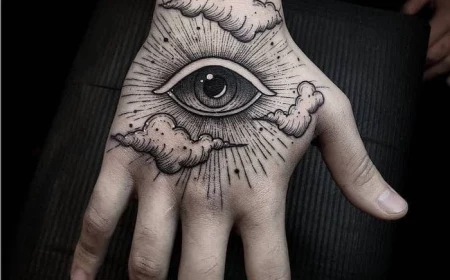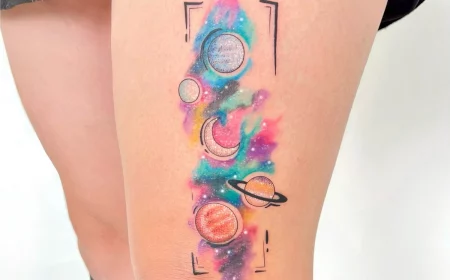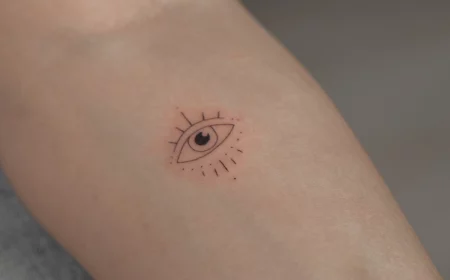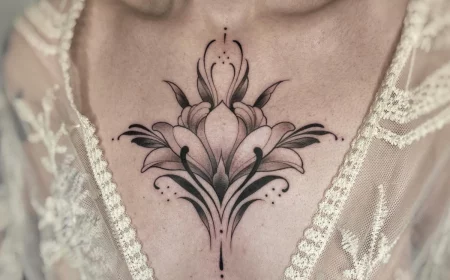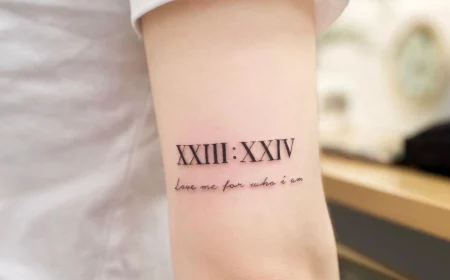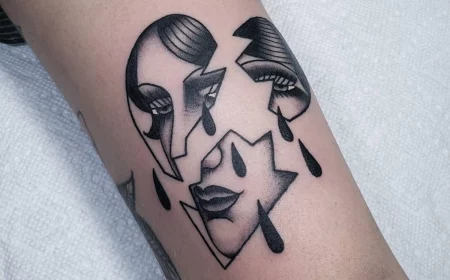Thinking About a Neck Tattoo? An Artist’s Honest Advice Before You Commit
In all my time as a tattoo artist, I’ve worked on just about every part of the human body you can imagine. And yet, even now, when a neck tattoo comes up on the schedule, there’s a different kind of energy in the room. This isn’t just another tattoo. It’s a whole different ball game compared to an arm or a leg.
In this article
The neck is unique. It’s front-and-center visible, a serious technical challenge, and it carries a social weight that other tattoos just don’t. I’ve seen some absolutely stunning neck pieces that just complete a person’s entire vibe, but I’ve also seen my share of poorly done work that becomes a daily regret. Honestly, the difference usually boils down to good information, solid prep, and finding the right artist for the job.
This is way more than just picking a cool design from a flash sheet. It’s about really understanding the skin you’re working with, the specific techniques needed, and the real-world impact of your choice. So, before you even think about booking what is easily one of the most significant tattoos you can get, let’s have a frank chat about what it all means from my side of the needle.

The Canvas: Why Your Neck Isn’t Just Another Patch of Skin
To you, the neck might seem pretty straightforward. To an artist, it’s a tricky landscape with three distinct zones, and each one needs its own game plan. Knowing this isn’t just trivia—it’s the key to getting a result you’ll love.
The Throat (Front of the Neck)
This is the big one. We’re talking about the area from your chin down to your collarbones. The skin here is super thin, stretchy, and sits right on top of your windpipe, major blood vessels, and a ton of nerves. That vibration from the machine? It can feel like it’s rattling your entire skull. It’s a wild sensation! I once had a client whose voice went all robotic and shaky every time the machine was on—we had a good laugh about it, which actually helped him relax.
For the artist, the real challenge is stretching the skin. If we don’t get a perfect three-point stretch, the lines can either blow out (that blurry, bruised look under the skin) or heal looking wobbly. Needle depth has to be FLAWLESS. Too shallow and the ink falls out; too deep and it’s a permanent blurry mess.
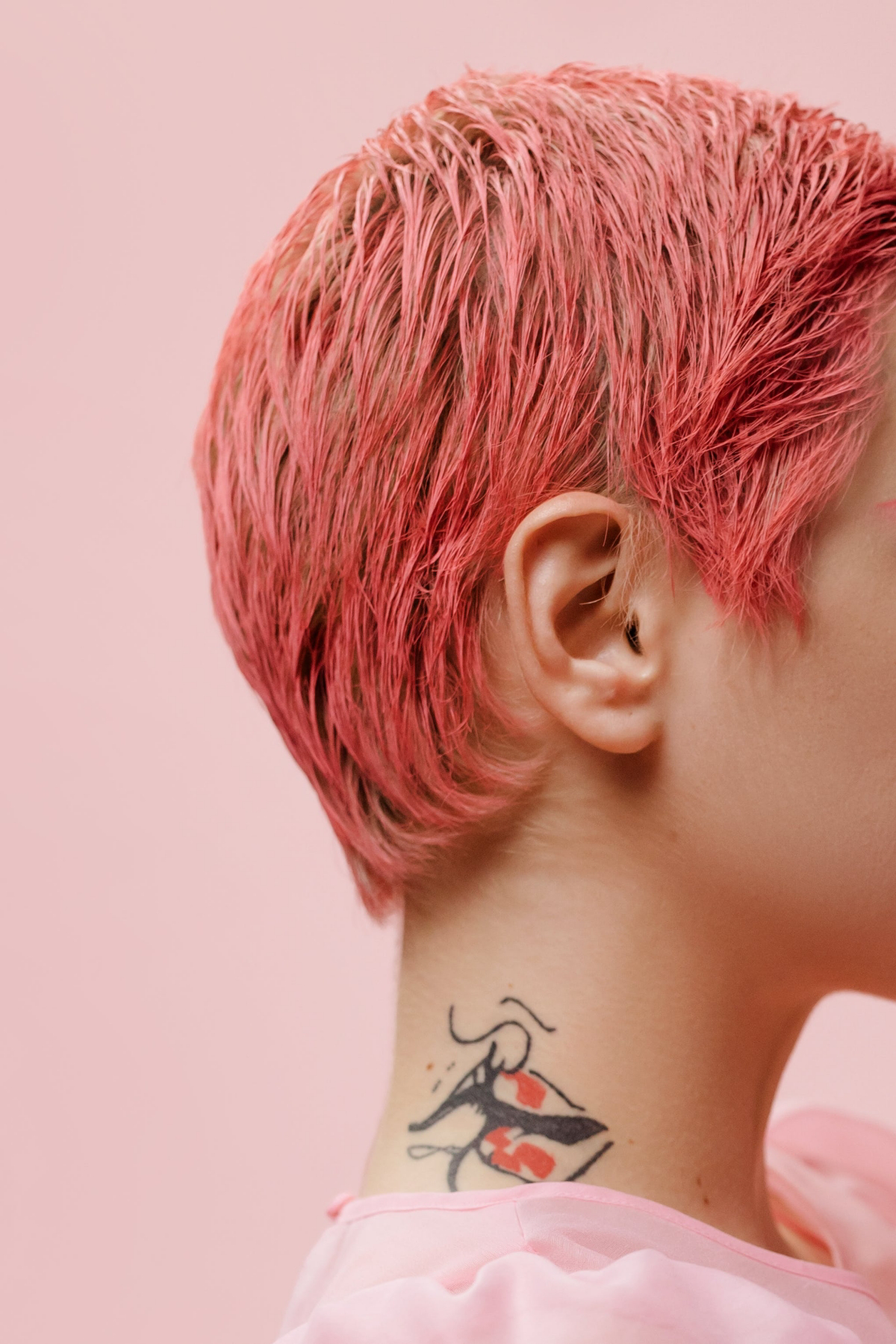
The Sides of the Neck
This is the area from behind your ear down to your collarbone, right over that big muscle that pops out when you turn your head. The skin’s a bit tougher here than on the throat, but it’s always in motion. A common mistake is getting a design that looks perfect when you’re facing forward but turns into a distorted mess the second you turn your head. Think of a perfect circle or a portrait—it can look like a funhouse mirror image in motion.
This is why designs that are meant to move are so much better here. Think about things that flow organically, like snakes, swirling filigree, or floral vines. They’re designed to twist and turn with your body, so they look natural from every angle.
The Nape (Back of the Neck)
This is the back, from your hairline down. Generally, this is the most forgiving spot on the neck. The skin is thicker, much less sensitive, and it feels more like tattooing an upper back. It’s a fantastic place for a first neck tattoo because it’s easier to handle and can be hidden with a collar or long hair. The main challenge for us is laying down a symmetrical stencil, especially with the curve where the neck meets the shoulders.
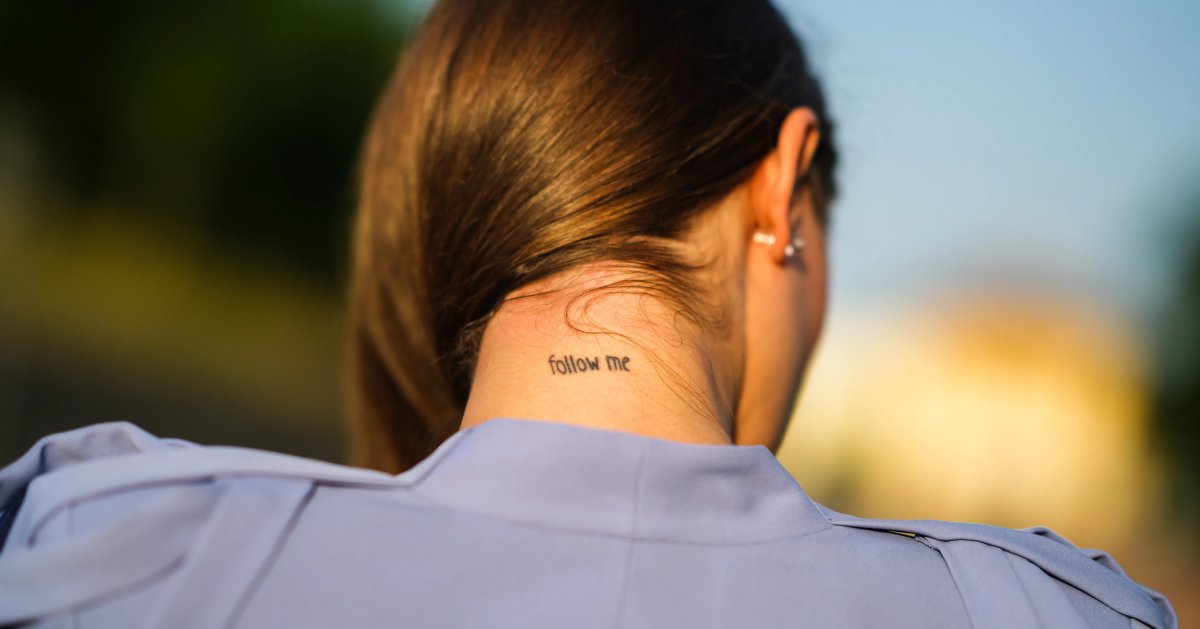
The Breakdown: Neck Zones at a Glance
So, if you’re trying to decide, here’s a quick way to think about it:
- The Throat: This is expert mode. The pain is intense (easily an 8 or 9 out of 10), healing is tricky due to movement, and visibility is at 100%. You can’t hide this one.
- The Sides: This is your middle ground. The pain is still up there (a solid 7-8/10), but a good artist can create something that works beautifully with your body’s movement.
- The Nape: This is the best entry point. The pain is much more manageable (maybe a 5-6/10), healing is simpler, and you have the option to conceal it.
What a Good Artist Does: Pro Techniques for the Neck
You can’t just slap an idea on the neck and go. The skin’s variability means we’re constantly adjusting our tools and approach. This is the kind of stuff that only comes with experience.

Choosing the Right Tools: On the delicate front of the neck, a pro will often run their machine at a lower voltage to reduce trauma and gain control. We might use a tiny needle grouping, like a 3-Round Liner, for fine lines. But on the tougher skin on the back of the neck, we can use a larger needle group and turn the power up a bit to make sure the ink packs in solidly. It’s a constant dance.
The Three-Point Stretch: This is absolutely critical on the neck. Tattooing on loose skin is like trying to draw on a wrinkly t-shirt—it just doesn’t work. We use our stretching hand to pull the skin taut from two points, while our tattooing hand provides the third point of tension. This creates a small, firm canvas to work on and is the secret to those crisp, clean lines.
Controlling Needle Depth: A blowout is a tattooer’s nightmare, and the neck is a high-risk zone. There is such a small margin for error between
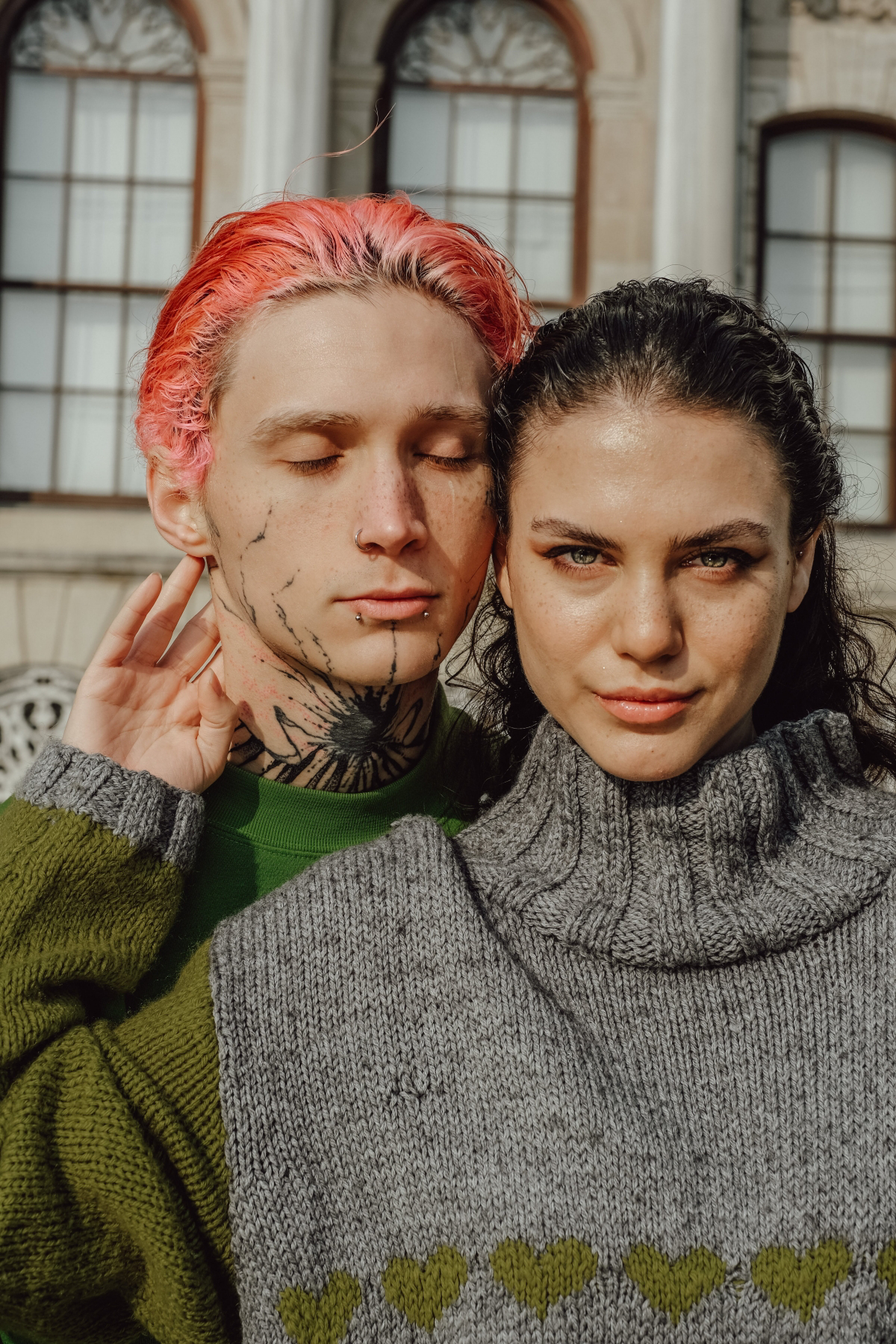
Galerie d’inspiration

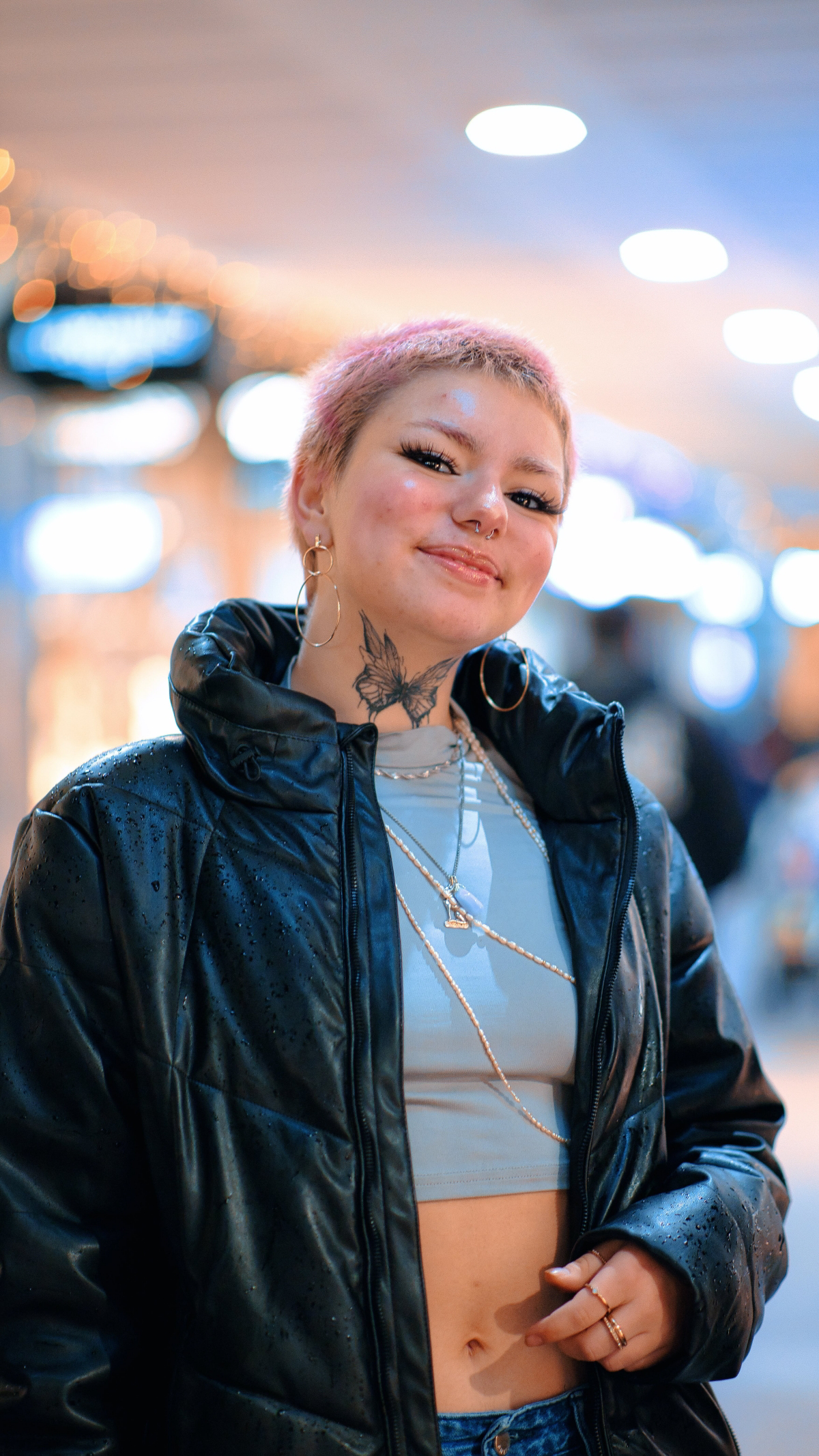
The Healing Hurdle: Remember that your neck is in constant motion. For the first two weeks, be mindful of friction from shirt collars, scarves, and even seatbelts. A high collar on a jacket can rub against a fresh tattoo, irritating the skin and potentially smudging the fine lines before they’ve settled. Opt for soft, low-cut tops during the initial healing phase.
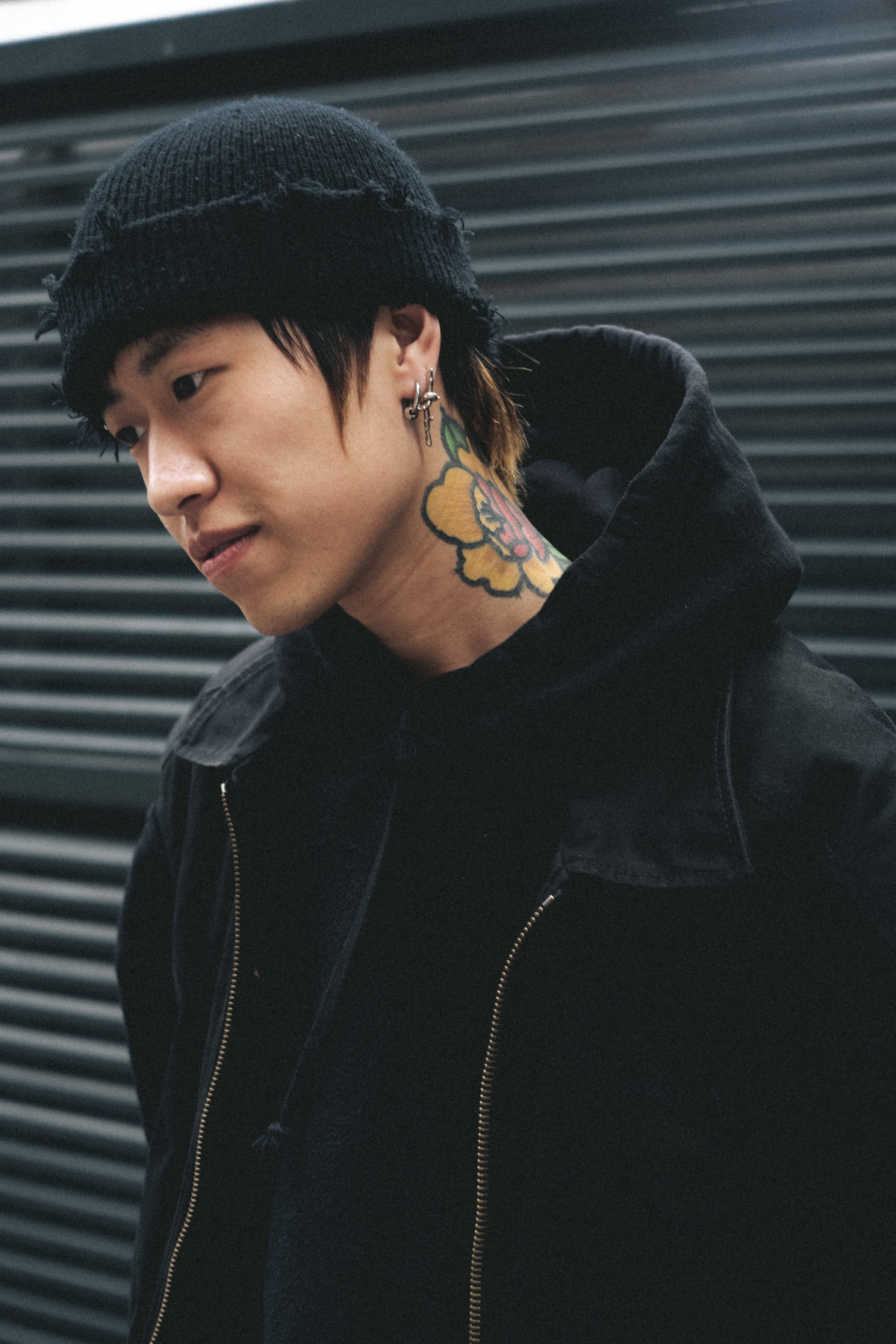
When choosing a design, think in three dimensions. The neck isn’t a flat canvas; it curves and moves. A design that looks great on paper can warp unattractively when you turn your head. A skilled artist will suggest designs that complement your anatomy.
- Vertical designs, like a flower stem or a dagger, can elongate the neck.
- Wrapping designs, such as vines or ornamental patterns, create a sense of cohesion and flow with your body’s natural lines.
- Symmetrical front pieces require absolute precision and should align with your chin and clavicles for a powerful, balanced look.
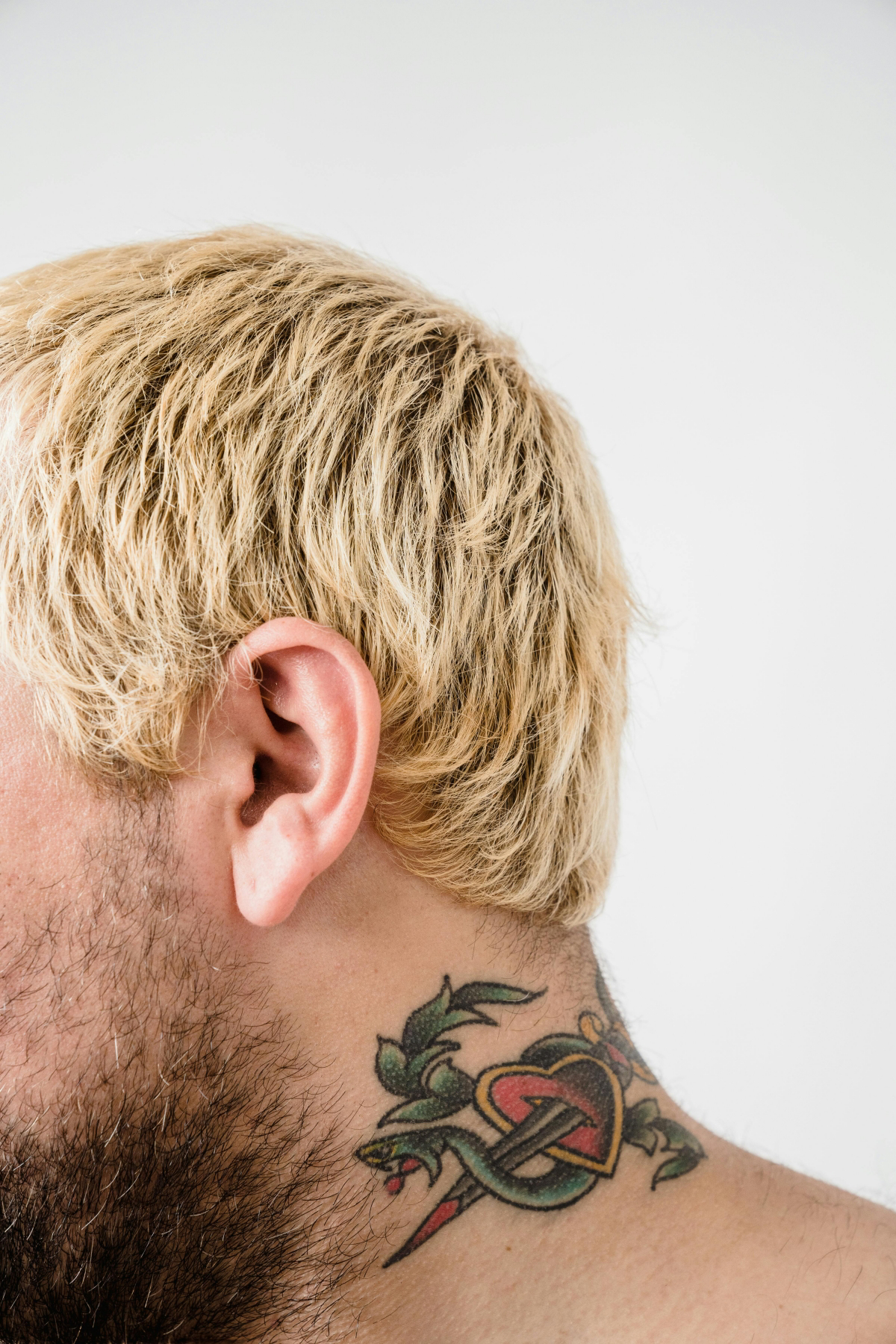
A neck tattoo is a conversation before you even speak. It enters the room with you and makes a statement on your behalf, whether you intend it to or not.

Will a neck tattoo affect my career prospects?
Honestly, it can. While many industries have become more accepting of tattoos, a highly visible neck piece can still be a barrier in corporate, client-facing, or conservative fields. Before committing, consider your current career path and future aspirations. Some people opt for tattoos on the back of the neck or behind the ear, which can be more easily concealed with hair or a collar if needed. It’s a personal decision, but one that requires pragmatic foresight.

Fine-Line Grace: This style uses delicate, thin needles to create subtle, elegant designs. It’s perfect for script, small symbols, or floral outlines. On the neck, it can look like jewelry, but be aware: blowouts (when ink spreads under the skin) are more noticeable with fine lines.
Bold Traditional: Characterized by thick, black outlines and a limited, solid color palette, this style holds up exceptionally well over time. A traditional piece on the neck is unapologetically bold and makes a powerful statement. It’s also more forgiving on this tricky patch of skin.
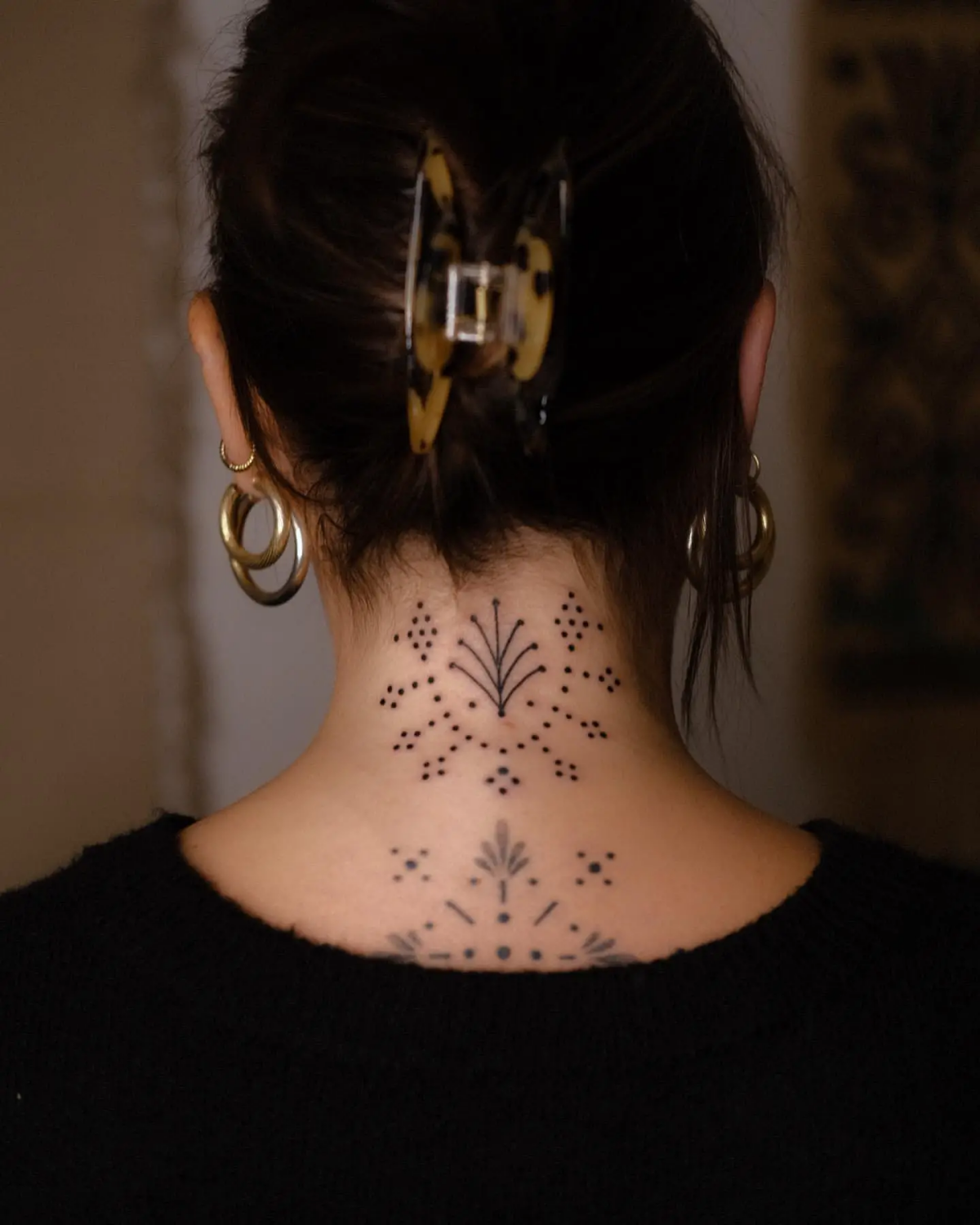
The sun is the number one enemy of any tattoo, and your neck is one of the most exposed parts of your body. To keep your lines crisp and your colors vibrant for years to come, daily sunscreen application is non-negotiable. Look for a high-SPF, broad-spectrum sunscreen that’s formulated for sensitive skin, like La Roche-Posay’s Anthelios Mineral SPF 50. It’s a small daily habit that preserves a major investment.

- Sleep well the night before. Fatigue heightens pain sensitivity.
- Eat a substantial meal 1-2 hours before your appointment to keep your blood sugar stable.
- Hydrate well, but avoid excessive caffeine or alcohol for 24 hours prior.
- Wear a low-cut tank top or a button-up shirt you can wear backward to give your artist easy, clean access without stretching your clothes.
- Bring headphones to listen to music or a podcast; the sound of the machine near your ears can be intense.

The skin on your neck has a higher concentration of mast cells—cells involved in immune and allergic responses—than many other parts of your body.
What does this mean for your tattoo? The area can be more prone to swelling, redness, and itchiness during the healing process. Don’t panic if it looks more inflamed than your arm tattoo did. Stick to a gentle aftercare routine using a trusted product like Hustle Butter or an unscented lotion, and avoid scratching at all costs to ensure a smooth, clean heal.
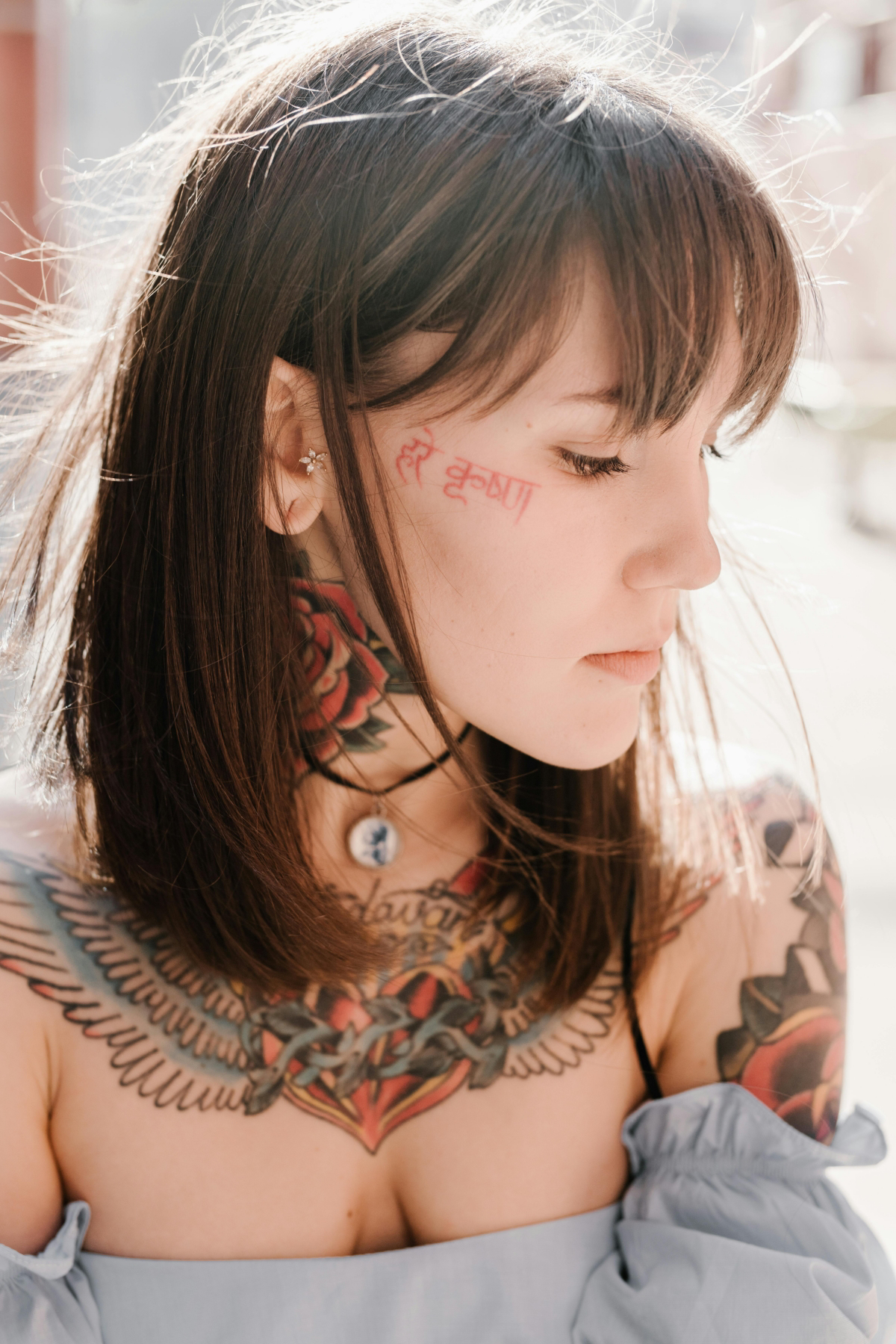
- Crisp lines that don’t blur into the skin.
- Smooth, fully saturated color without patchy areas.
- Designs that look intentional and powerful, even years later.
The secret? Look for an artist whose online portfolio includes multiple photos of healed neck tattoos, not just fresh ones. Fresh work always looks perfect. Healed work, especially a year or more old, is the true test of an artist’s skill on this challenging canvas.

Expect to pay a premium for a neck tattoo. Artists charge more not just for the ‘cool factor’ but for the intense concentration, technical skill, and higher risk involved. This is the last place you want to bargain-hunt. A higher price reflects an artist’s expertise and the quality you should demand for such a prominent piece.
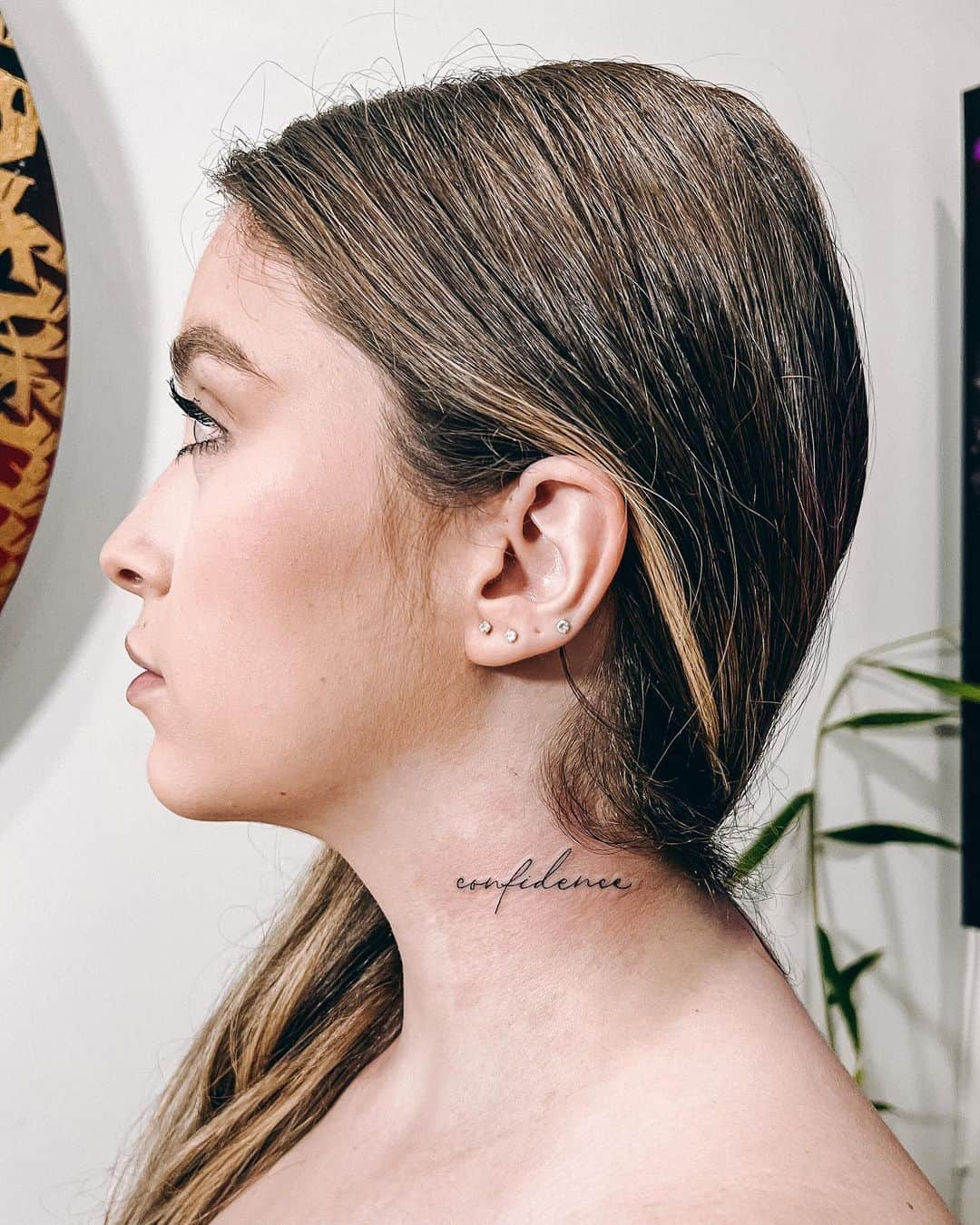
For Māori women, the ‘Moko Kauae’—a traditional tattoo on the chin and throat—is a sacred and profound statement of identity, genealogy, and status, connecting them directly to their ancestors.
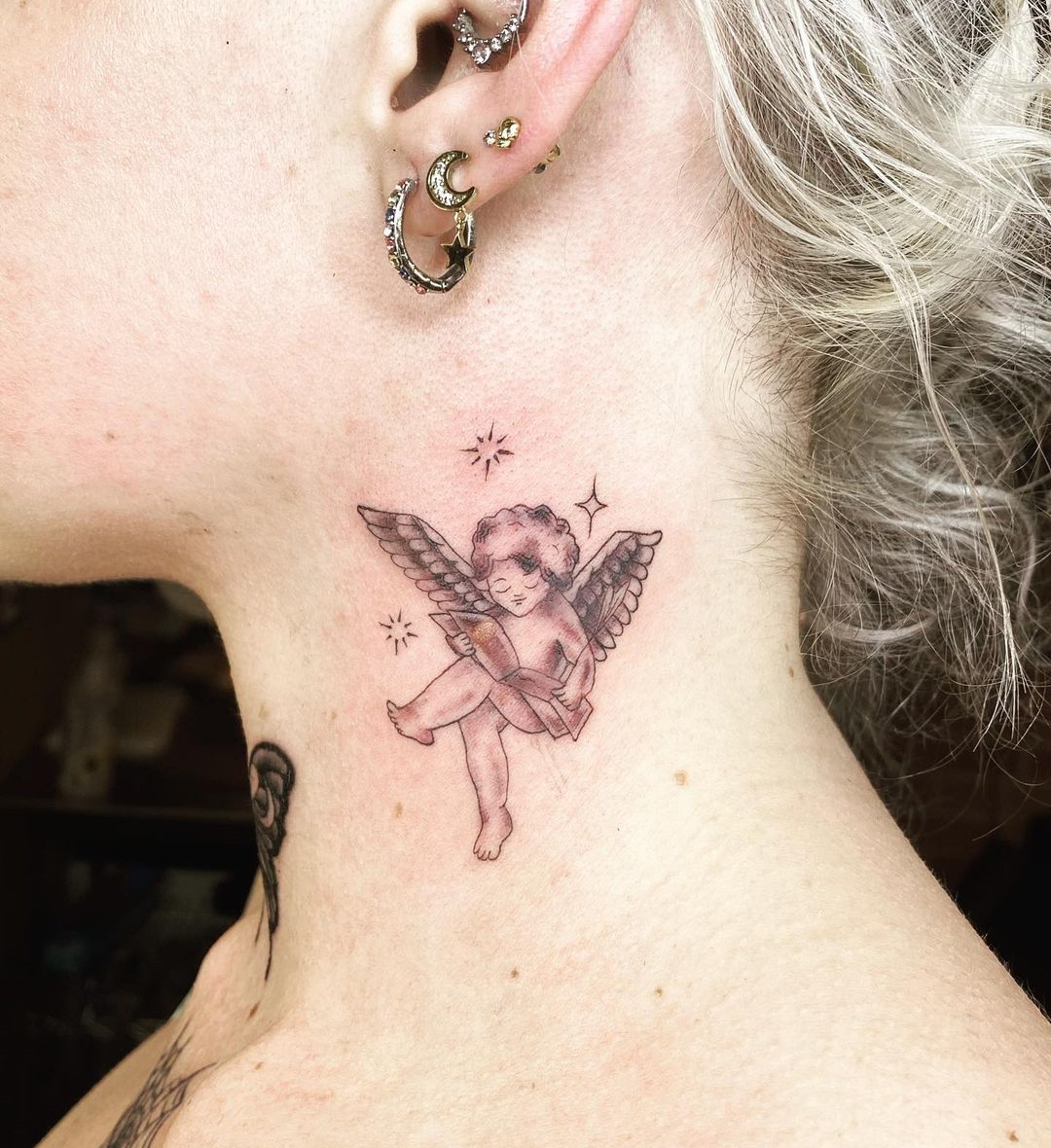
Can I use numbing cream to handle the pain?
Many artists advise against it or have strict policies. Some topical anesthetics can change the texture of the skin, making it rubbery and more difficult to tattoo, which can compromise the final quality of the lines. Always discuss this with your artist *before* your appointment; never show up having applied a cream without their prior consent.
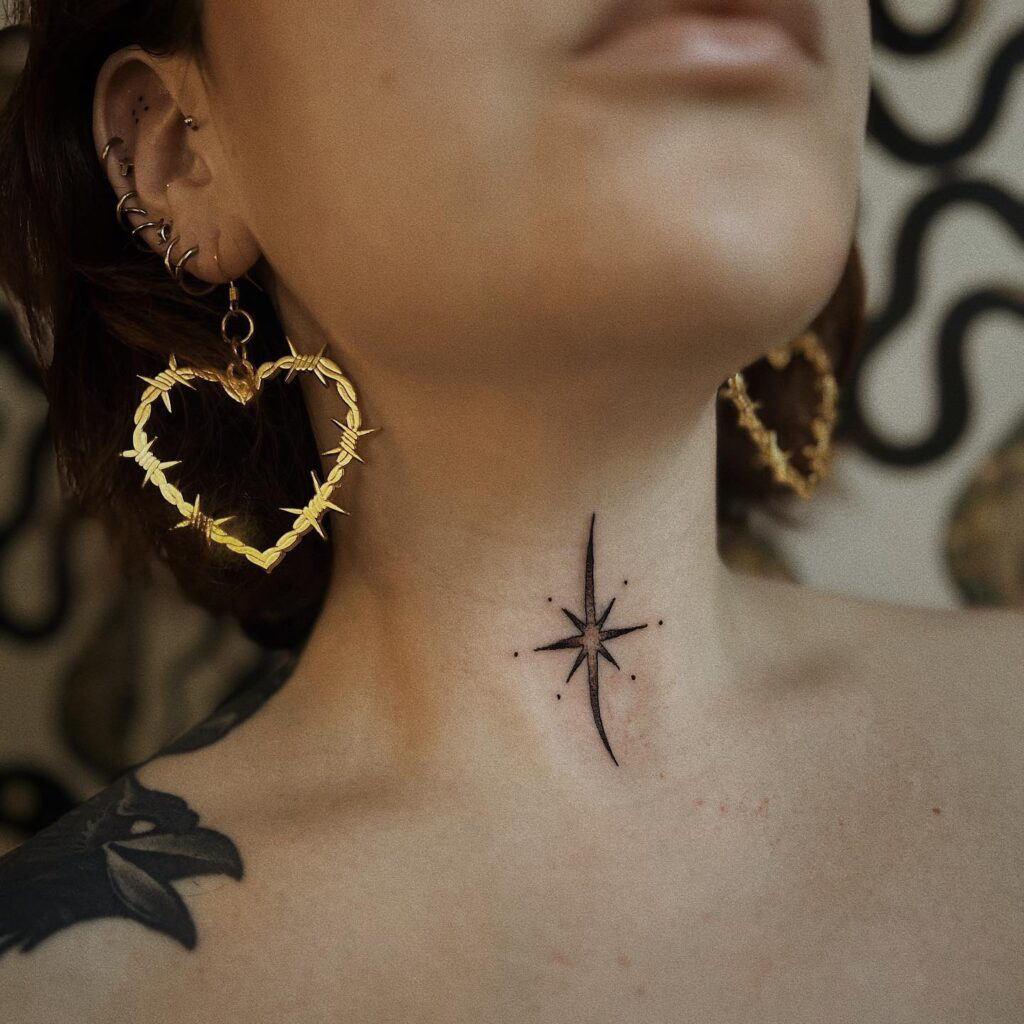
Side of the Neck: This area offers a great canvas that flows from the jawline down to the collarbone. It’s highly visible from the side profile but can be less ‘in-your-face’ than a throat piece. Pain level is often considered high, especially near the clavicle and up behind the ear.
Back of the Neck (Nape): A popular choice for a more discreet yet elegant placement. It can be easily hidden by long hair or a collar. The pain is generally more manageable here, though the spine is a very sensitive spot.
A final thought on commitment: While laser removal has advanced, the neck is a notoriously difficult, painful, and expensive area to treat. The skin is thin and sensitive, and the proximity to the head and face adds complexity. A neck tattoo should be considered one of your most permanent decisions—even more so than tattoos on other parts of your body.

